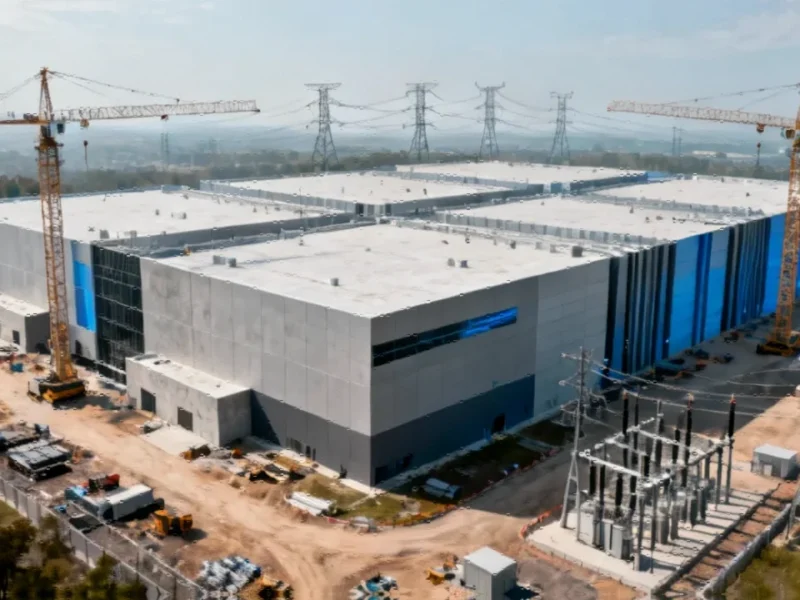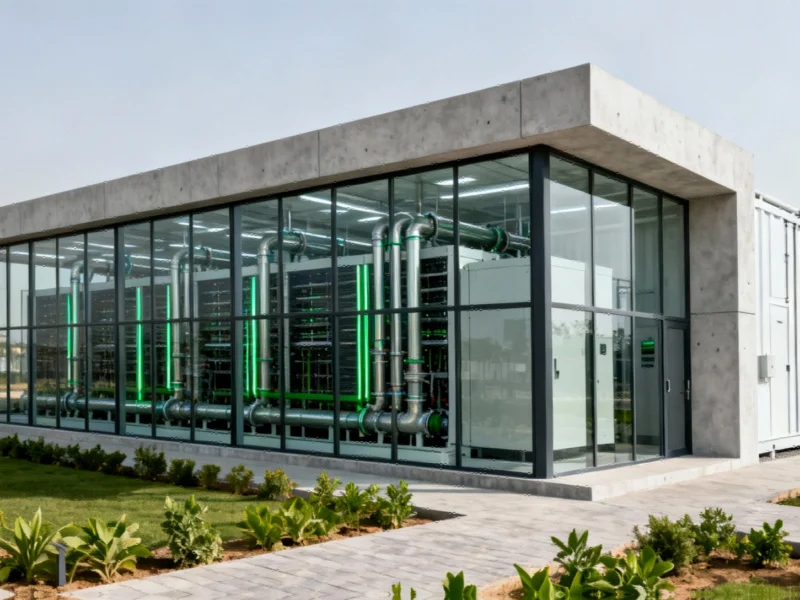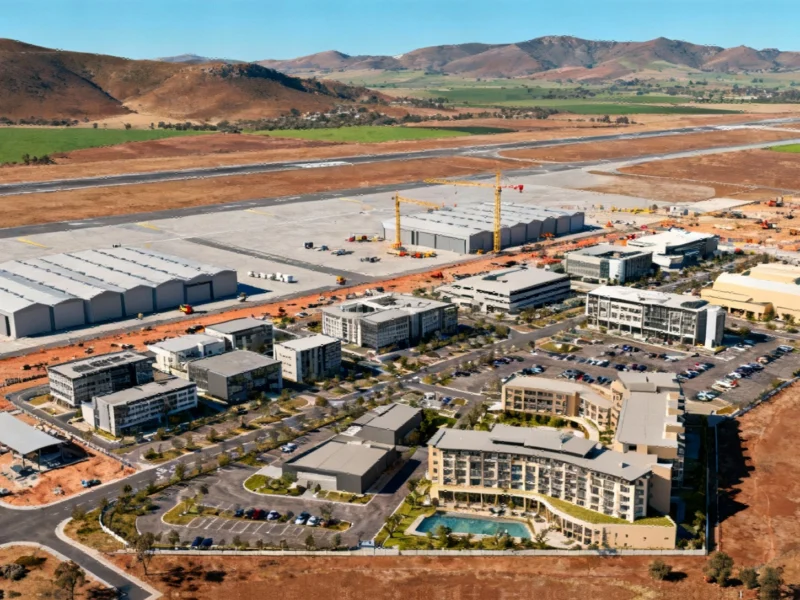Note: Featured image is for illustrative purposes only and does not represent any specific product, service, or entity mentioned in this article.
Strategic Off-Balance-Sheet Financing for AI Infrastructure
In a landmark deal that underscores the massive capital requirements of the AI era, Meta Platforms has secured approximately $30 billion in financing from private equity firm Blue Owl Capital for its Hyperion datacenter project in Louisiana. The sophisticated financial arrangement, brokered by Morgan Stanley, represents one of the largest single-project financings in digital infrastructure history and demonstrates how tech giants are creatively funding their enormous computational ambitions.
Deal Structure: Preserving Balance Sheet Flexibility
The financing package comprises roughly $27 billion in debt and $1.5 billion in equity, with Meta retaining a 20% stake in the massive facility. Crucially, the arrangement keeps the substantial debt obligation off Meta’s balance sheet, providing the social media giant with greater financial flexibility as it pursues multiple massive infrastructure projects simultaneously. This approach to strategic financial engineering allows Meta to maintain its aggressive expansion while managing its capital structure effectively.
The debt component, which will be carried by Blue Owl Capital, matures in 2049 and is fully amortizing, providing long-term stability for the project. Meta will remain responsible for construction, operations, and ultimately leasing the facility when it becomes operational in 2029, ensuring the company maintains control over the critical infrastructure supporting its AI and metaverse ambitions. This financing model represents an emerging trend in how major technology companies are approaching massive capital projects in the current economic environment.
Hyperion’s Evolving Scale and Ambition
When initially announced in December, the four-million-square-foot datacenter campus was projected to cost approximately $10 billion. However, Meta’s ambitions have expanded significantly, with the facility now expected to reach five gigawatts of total compute capacity, positioning it as one of the largest single datacenter projects of the current AI infrastructure boom. This scaling reflects the explosive computational demands of generative AI and large language models that form the core of Meta’s future strategy.
The dramatic increase in projected capacity necessitates substantial power infrastructure expansion. Meta has commissioned local utility operator Entergy to build a new natural gas plant featuring three combined cycle combustion turbine generators with total capacity exceeding 2.2 gigawatts. This power solution highlights the challenges facing energy-intensive computing projects and the innovative approaches being developed to support them, similar to other emerging energy strategies in the technology sector.
Broader Infrastructure Expansion Context
Hyperion represents just one component of Meta’s comprehensive global infrastructure strategy. The company recently announced a new datacenter complex in El Paso, Texas, expected to scale to one gigawatt of compute capacity. Additionally, Meta is developing another gigawatt-scale facility in Ohio named Prometheus, scheduled to become operational next year. These parallel developments demonstrate the company’s all-in commitment to building the computational foundation for its long-term AI and virtual reality initiatives.
The scale and pace of Meta’s infrastructure expansion reflect broader strategic shifts across the industrial and technology landscape as companies position themselves for the next generation of computational demands. These developments are reshaping not only the technology sector but also energy markets, real estate, and regional economic development patterns.
Industry Implications and Future Outlook
Meta’s financing approach for Hyperion may establish a new template for how technology companies fund massive infrastructure projects. By partnering with private equity firms and utilizing off-balance-sheet structures, tech giants can pursue ambitious capital projects without compromising their financial metrics or diverting excessive capital from core operations. This model could influence how other companies approach their own technology infrastructure investments and risk management strategies.
The Hyperion project also highlights the evolving relationship between technology companies and energy providers. As computational demands escalate, tech firms are increasingly involved in shaping energy infrastructure development, creating new partnerships and business models that bridge traditional industry boundaries. This convergence represents one of the most significant structural transformations in how digital infrastructure is conceived, financed, and operationalized.
As Meta and its peers continue to expand their computational capabilities, the financial and operational models pioneered in projects like Hyperion will likely become increasingly sophisticated, potentially incorporating emerging technologies and innovative partnership structures to manage the enormous scale and complexity of next-generation AI infrastructure.
This article aggregates information from publicly available sources. All trademarks and copyrights belong to their respective owners.


